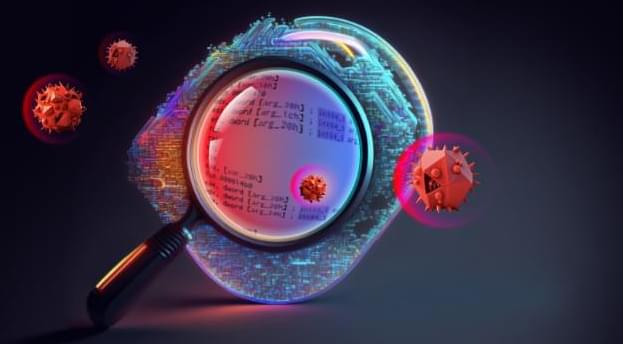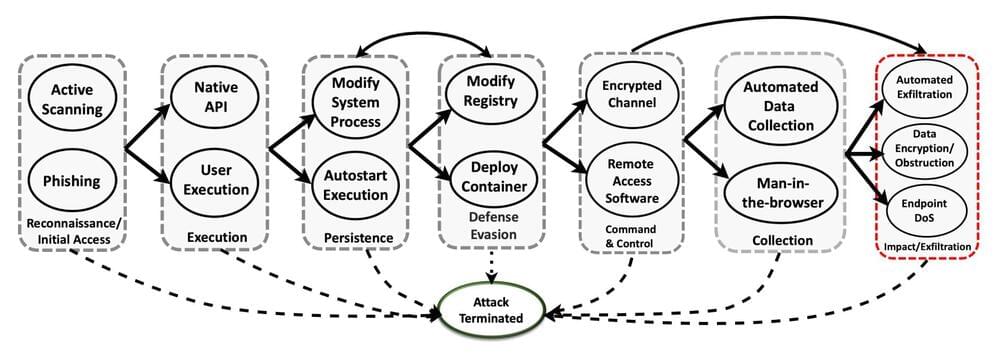A new ChromeLoader malware campaign has been observed being distributed via virtual hard disk (VHD) files, marking a deviation from the ISO optical disc image format.
“These VHD files are being distributed with filenames that make them appear like either hacks or cracks for Nintendo and Steam games,” AhnLab Security Emergency response Center (ASEC) said in a report last week.
ChromeLoader (aka Choziosi Loader or ChromeBack) originally surfaced in January 2022 as a browser-hijacking credential stealer but has since evolved into a more potent, multifaceted threat capable of stealing sensitive data, deploying ransomware, and even dropping decompression bombs.








